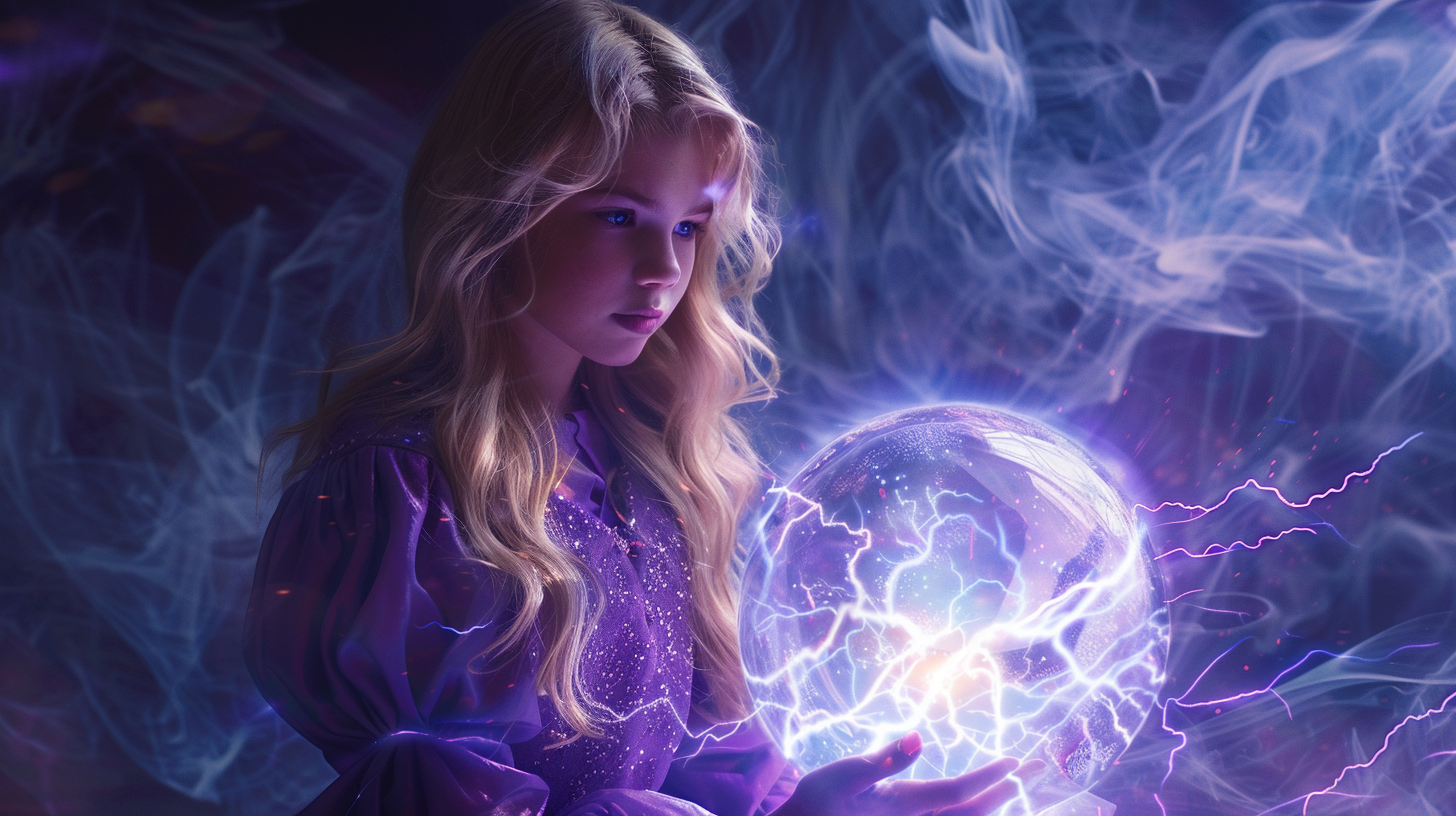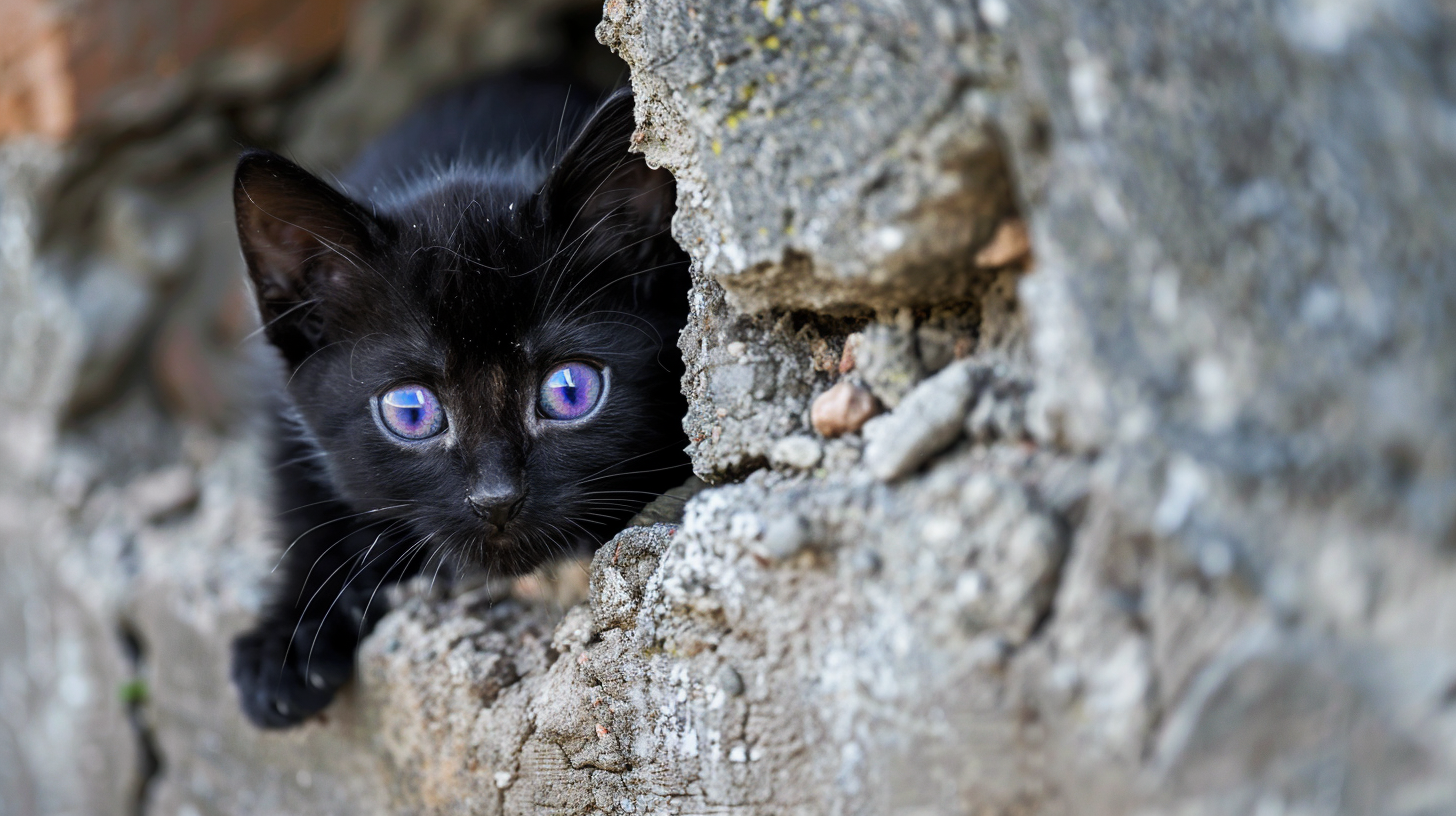A Sense of Beauty in Gender Identity and Sexuality
Completing my circuitous walk around a theory of identity

In a previous article describing gender and gender identity, I refer to gender as a process as opposed to an object or possession. That is, we don't have a gender, we continually work on discovering and manifesting our gender identity while navigating the potholes of evolving social expectations.
The snapshot of gender identity at any point in time is our implementation of physical, cognitive, and behavioral characteristics in context of our social environment. But gender identity is never static. It is the result of an ongoing process of negotiation between our origin of identity - the person we know we are - and the level of safety we feel expressing that person within our social environment.
But a process implies activity, and I have been intentionally vague on details. I figured if the process of gender is universal to all humans, what difference does it make what characteristics get negotiated, how we negotiate them, and why we make the choices we do?
In developing a more complete theory of identity, however, I recognize those details of negotiation relate directly both to gender identity and sexuality.
Both gender identity and sexuality are highly politicized today. Both are widely misunderstood. And both represent two sides of a coin, with negotiation driven primarily by our sense of beauty.
The sense of beauty
Unfortunately, I lack a better term for the concept I intend when I use the word "beauty." Although aesthetics is the branch of philosophy dealing with beauty, I don't mean how humans create beauty, but what our individual origin of identity judges to be beautiful in humans.
I use the term "beauty" to describe any aspect of human identity that inspires us, whether physical appearance, cognitive action, or behavioral trait. Beauty can describe anything distinctly human: an hourglass figure, cut pectoral muscles, purple hair, a rich singing voice, a confident mode of speech, a strong running gait, prowess at chess, an infectious laugh.
Our sense of beauty changes because the human experience changes. We experience new colors or new cuts of clothes, new makeup techniques, new activities built upon the foundation of human civilization.
What we find beautiful may change, but the way we judge it does not, because our sense of beauty is derived from our origin of identity and its distillation of our human experience. We humans constantly process the interaction of our senses with the Universe, judging the experience, and integrating the result into our model of the Universe and how we fit into it. Even when we sit and do nothing, we remember and reintegrate the experiences we had before.
Gender as an outgoing negotiation
If a human characteristic matches our sense of beauty, we want to express it. As we express it, our social environment responds in a feedback loop. Based on the response and our level of attachment both to the expression of beauty and the social environment, we may choose to install the expression into our gender identity - at least today.
For instance, if our origin of identity judges cut pectoral muscles to be beautiful, we may attempt to develop cut pectoral muscles. But if we experience an insulting jerk with cut pectoral muscles, our origin of identity may stop judging the physical appearance as beautiful, and our inspiration to develop them wanes.
To state this relationship explicitly: what we include in our sense of beauty, we may also choose to express. Gender identity is our method of appearing beautiful, if only to ourselves.
In attempting to appear beautiful, however, we may experience a sense of dysphoria. The only person who can understand the impact of an expression of beauty is the person expressing it.
If it is possible to satisfy our sense of beauty, we feel beautiful. But if we are cajoled into or accept by default the social environment's sense of beauty, we may not feel beautiful. We may feel like we wear a costume or a mask. We may not even recognize The Reflection we see in the mirror.
Gender dysphoria represents a failure of negotiation. That is, the social environment fails to accept the person we know we are and expects to override our own identity as a result.
Sexuality as an incoming negotiation
Humans are not isolated drops of existence - every day, we experience a near-infinite array of human expression to which we must react. Using our sense of beauty, we evaluate every person and their actions for whether we would choose to experience them further or shut them out of our lives.
Our reaction to beauty in others is a response to their gender identity - how they choose to express their sense of beauty. As gender identity represents a snapshot of how we choose to express beauty, sexuality represents a snapshot of what we find beautiful in other people’s gender identity.
Again, dissonance may occur in this negotiation of beauty. Our social environment may disagree on what characteristics are beautiful. Social expectations may place strict limits on what and whom we may find beautiful. Ignoring the social environment's sense of beauty in our sexuality is as dangerous as ignoring it in our gender identity - and for the same reasons.
To return to the infamous question: "was I, baby, born this way?" The answer is complicated. In short, yes, our origin of identity and our past experiences are unchanging, and they drive our sense of beauty.
However, our experiences grow every moment - who we are today is not the same as who we were yesterday, nor will we be the same tomorrow. Our sense of beauty evolves, and our gender identity and sexuality can evolve with it.
But nobody can define our identity, our gender identity, or our sexuality except us. Will your gender identity and sexuality change? You tell me.
Same data, different conclusions
The relationship of identity, gender, gender identity, and sexuality is complete.
- Our origin of identity simply exists. It is a logical premise as the source of what we know about ourselves, not to be disputed by our social environment.
- Gender is an ongoing process of discovering our identity through experience, evaluating it, and integrating it into our sense of beauty.
- Gender identity is created constantly as we express our sense of beauty within context of our social environment.
- Sexuality is our reaction to other people’s gender identity as they express their sense of beauty.
In developing this thought to its end, I found it fascinating that gender identity and sexuality do not commonly overlap. They are two sides of the coin of our sense of beauty, yet many humans would not choose to express the characteristics of those they find attractive. The Lift Bro looking for a Blonde Bimbo is not likely also to want to wear her pink dress (although no judgment on my side if he does).
I am pansexual - I experience beauty in almost every human. I am also transgender - my gender identity has shifted dramatically throughout life. For me, gender identity and sexuality have overlapped - and much of my sense of beauty continues to overlap.
To be clear, I don't claim to be - as David Bowie put it - the Homo Superior. But I do challenge you, The Reader, to investigate whether your sense of beauty is limited by your social environment. There is no shame in honoring the person you know you are deep down.
Think about it. You have only yourself to gain.




